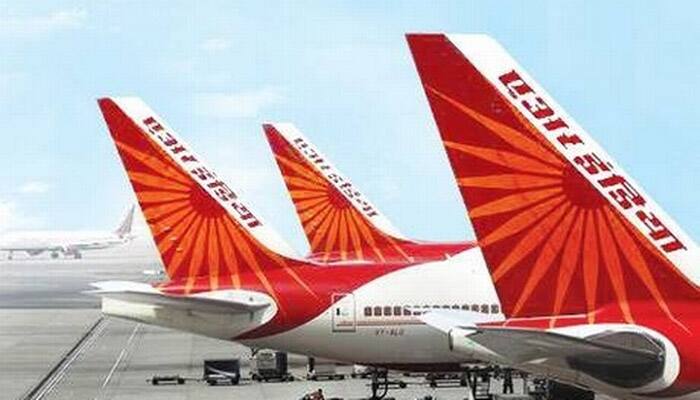New Delhi: The draft civil aviation policy seeks to provide significant impetus for regional connectivity but fails to address structural issues, including taxation of air turbine fuel, rating agency Ind-Ra said in a report today.
While noting that the policy's success is contingent on the support of states, the agency said maintenance, repair and overhaul (MRO) providers as well as air cargo players stand to benefit from it.
The much-awaited draft civil aviation policy, unveiled on October 30, is open for public comments till November 30.
In a report, India Ratings & Research said the policy entails significant impetus for development of regional airports and provides incentives for airlines to operate on regional routes availing viability gap funding (VGF).
However, it "fails to address structural issues such as air turbine fuel (ATF) taxation in the metros and provide clarity on the 5/20 rule for operating overseas," it noted.
Under this rule, it is mandatory for local carriers to have minimum five years of flying experience and 20 aircraft to fly overseas.
Without providing a finality on the 5/20 norm, the ministry has proposed three options -- abolish it completely, continue with it, or link the overseas flying rights with domestic flying credits.
According to the agency, the success of the policy is contingent on the support from states.
Ind-Ra noted that the policy would benefit the regional airlines, MRO providers and air cargo players but falls short of addressing structural issues to ensure long-term viability of major players - full service as well as low cost carriers.
Further, the agency said the government's target to increase domestic passenger traffic to 300 million by 2022 from 70 million in financial year 2015, is aggressive.
"The passenger traffic at the existing airports grew at a CAGR (Compounded Annual Growth Rate) of 7.6 per cent between financial year 2010 and 2014.
"Even in the years of booming domestic passenger traffic, financial years 2004-10, the industry clocked an CAGR of 18.4 per cent. A VGF (Viability Gap Funding) of Rs 15 billion/year for affordable regional ticket fares as stated in the draft policy, would be able to support passenger traffic to the extent of 12.5 million passengers annually," it noted.
This expected improvement in the regional traffic would still be a marginal contributor to overall passenger traffic, the report added.
















